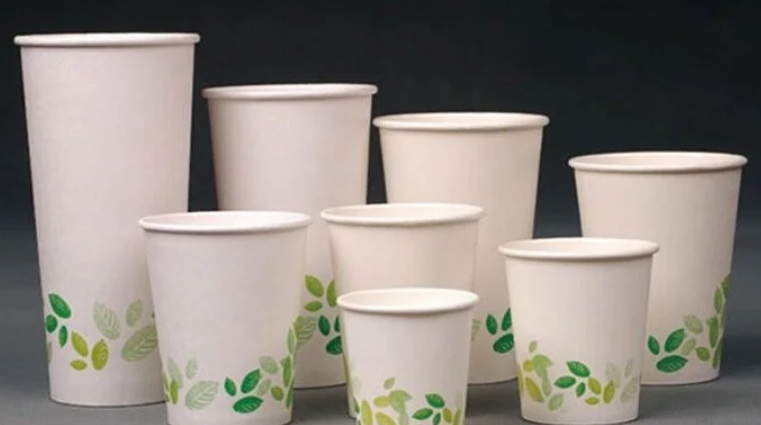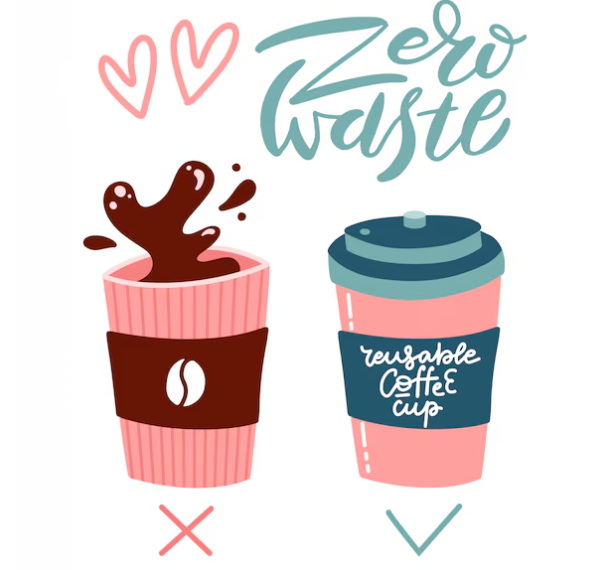
Content Menu
● Introduction to Sustainable Disposable Cups
>> Biodegradable Materials in Disposable Cups
>> Advances in Biodegradable Coatings
● Customization and Branding in Disposable Cup Design
>> Personalized Designs
>> QR Codes and Digital Interactions
● Technological Advancements in Disposable Cups
>> Smart Cups with NFC Technology
>> Improved Insulation and Production Efficiency
● The Rise of Reusable Cups
>> Reusable Cup Initiatives
● Innovations in Disposable Cup Materials for 2025
>> Bioplastics and Plant-Based Materials
● Impact of Regulatory Policies on Disposable Cup Design
>> Single-Use Plastic Bans
>> Encouragement of Recyclable Materials
● Consumer Preferences and Disposable Cup Design
>> Eco-Friendly Preferences
>> Personalization and Brand Engagement
● Future Outlook for Disposable Cup Design
● Conclusion
● FAQ
>> 1. What are the key materials used in biodegradable disposable cups?
>> 2. How does customization impact disposable cup design?
>> 3. What role do smart technologies play in disposable cup design?
>> 4. How are reusable cups influencing the disposable cup market?
>> 5. What are the challenges faced by the disposable cup industry in terms of sustainability?
Disposable cup design has evolved significantly over the years, driven by consumer demand for sustainability, technological advancements, and regulatory pressures. Today, the industry is witnessing a shift towards eco-friendly materials, innovative coatings, and personalized designs. This article explores the latest trends in disposable cup design, focusing on biodegradable materials, smart technologies, and customization.

Introduction to Sustainable Disposable Cups
The quest for sustainable disposable cups has become a priority in the packaging industry. Governments worldwide are implementing policies to reduce plastic waste, and consumers are increasingly opting for eco-friendly products. As a result, companies are investing in biodegradable materials and recyclable designs to meet these demands.
Biodegradable Materials in Disposable Cups
Biodegradable materials, such as renewable wood pulp and molded fiber, are gaining traction in the disposable cup market. These materials not only reduce reliance on non-renewable resources but also simplify the recycling process. Companies like Starbucks have committed to eliminating disposable cups by 2030, reflecting a broader industry trend toward sustainability.
Advances in Biodegradable Coatings
Traditional polyethylene linings are being replaced by water-based and bio-coated alternatives. These coatings enhance recyclability and reduce environmental impact. Research highlights advancements in plant-based and algae-derived coatings, supported by funding from the U.S. Department of Energy.
Customization and Branding in Disposable Cup Design
Customization has emerged as a key trend in disposable cup design. Businesses are using personalized graphics and messages to enhance brand recognition and improve customer engagement. Interactive elements like QR codes and augmented reality features are also becoming popular.
Personalized Designs
Personalized designs, such as minimalist abstract art and plain cups with personalized messages, are trending. These designs create memorable brand experiences and connect with consumers on a personal level.
QR Codes and Digital Interactions
The use of QR codes on paper cups allows customers to interact with brands digitally. This trend incorporates technology into daily life, making it easier for consumers to learn more about businesses and their products.
Technological Advancements in Disposable Cups
Technological advancements are revolutionizing disposable cup manufacturing and usage. Innovations include smart cups with embedded NFC chips, improved insulation, and automation in production processes.
Smart Cups with NFC Technology
Some brands are embedding NFC chips in paper cups to offer loyalty rewards, promotional offers, or educational content. This technology enhances customer experiences and streamlines operations for businesses.
Improved Insulation and Production Efficiency
Advancements in cup design, such as double-wall insulation and enhanced paper coffee cup sleeves, are improving heat retention and consumer comfort. Automation and AI in manufacturing are reducing waste and energy usage, making paper cups more sustainable and cost-effective.
The Rise of Reusable Cups
While disposable cups are evolving, reusable cups are gaining popularity as a sustainable alternative. Companies like Starbucks are promoting reusable cup initiatives to reduce single-use cup waste.
Reusable Cup Initiatives
Major players in the global paper cups market are championing reusable cup initiatives, marking a departure from the conventional single-use mindset. These initiatives align with the global drive towards environmental sustainability and reflect a growing consumer preference for responsible consumption.
Innovations in Disposable Cup Materials for 2025
In 2025, the focus on sustainable materials is expected to intensify. Innovations in bioplastics and plant-based materials are anticipated to become more prevalent. These materials not only reduce carbon footprints but also offer durable alternatives to traditional plastics.
Bioplastics and Plant-Based Materials
Bioplastics derived from renewable biomass sources, such as corn starch or sugarcane, are gaining traction. These materials are biodegradable and compostable, offering a sustainable solution for disposable cups. Additionally, plant-based materials like bamboo and sugarcane pulp are being explored for their durability and eco-friendliness.

Impact of Regulatory Policies on Disposable Cup Design
Regulatory policies are playing a crucial role in shaping the disposable cup industry. Governments are implementing bans on single-use plastics and encouraging the use of recyclable materials. This regulatory environment is driving innovation in disposable cup design, pushing companies to adopt sustainable practices.
Single-Use Plastic Bans
Many countries have implemented or are planning to implement bans on single-use plastics, including disposable cups. These bans are forcing companies to innovate and find sustainable alternatives that meet regulatory requirements.
Encouragement of Recyclable Materials
Governments are incentivizing the use of recyclable materials by providing tax breaks or subsidies to companies that adopt sustainable practices. This support is crucial for the development of new technologies and materials in the disposable cup sector.
Consumer Preferences and Disposable Cup Design
Consumer preferences are significantly influencing disposable cup design. Consumers are increasingly demanding eco-friendly products and personalized experiences. Companies must balance these demands with cost and functionality considerations.
Eco-Friendly Preferences
Consumers are prioritizing eco-friendly products, driving demand for biodegradable and recyclable disposable cups. This shift is forcing companies to invest in sustainable materials and production processes.
Personalization and Brand Engagement
Personalization is key to enhancing brand engagement. Consumers appreciate customized designs and interactive elements that provide a unique experience. This trend is driving innovation in digital technologies integrated into disposable cups.
Future Outlook for Disposable Cup Design
The future of disposable cup design looks promising, with a focus on sustainability and technology. As consumers continue to prioritize eco-friendly products, companies will need to innovate and adapt to meet these demands. The integration of smart technologies and biodegradable materials will be crucial in shaping the industry's future.
Conclusion
The latest trends in disposable cup design are driven by sustainability, customization, and technological advancements. Biodegradable materials, personalized designs, and smart technologies are transforming the industry. As consumers increasingly prioritize eco-friendly products, businesses must adapt to meet these demands while maintaining convenience and functionality.

FAQ
1. What are the key materials used in biodegradable disposable cups?
- Biodegradable disposable cups often use materials like renewable wood pulp, molded fiber, and plant-based linings. These materials reduce reliance on non-renewable resources and simplify the recycling process.
2. How does customization impact disposable cup design?
- Customization allows businesses to enhance brand recognition and improve customer engagement through personalized graphics and messages. Interactive elements like QR codes also enable digital interactions with consumers.
3. What role do smart technologies play in disposable cup design?
- Smart technologies, such as NFC chips, offer loyalty rewards, promotional offers, or educational content. They enhance customer experiences and streamline operations for businesses.
4. How are reusable cups influencing the disposable cup market?
- Reusable cups are gaining popularity as a sustainable alternative to disposable cups. Companies are promoting reusable cup initiatives to reduce single-use cup waste and align with consumer preferences for responsible consumption.
5. What are the challenges faced by the disposable cup industry in terms of sustainability?
- The industry faces challenges such as finding cost-effective biodegradable materials, improving recycling infrastructure, and meeting diverse consumer preferences while adhering to environmental regulations.

















